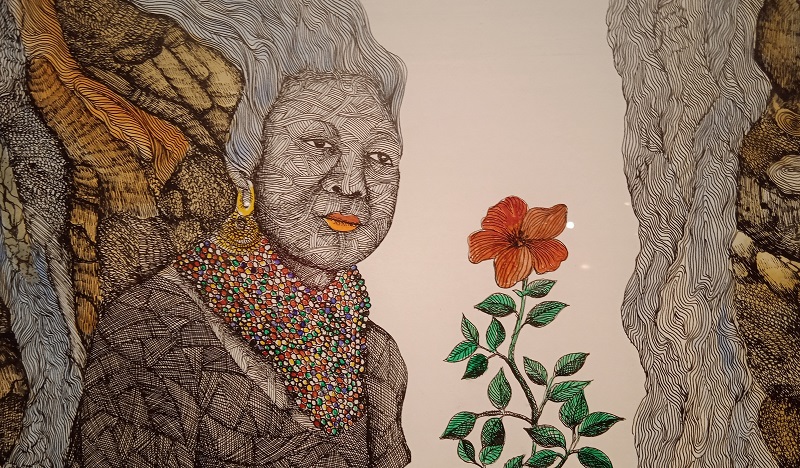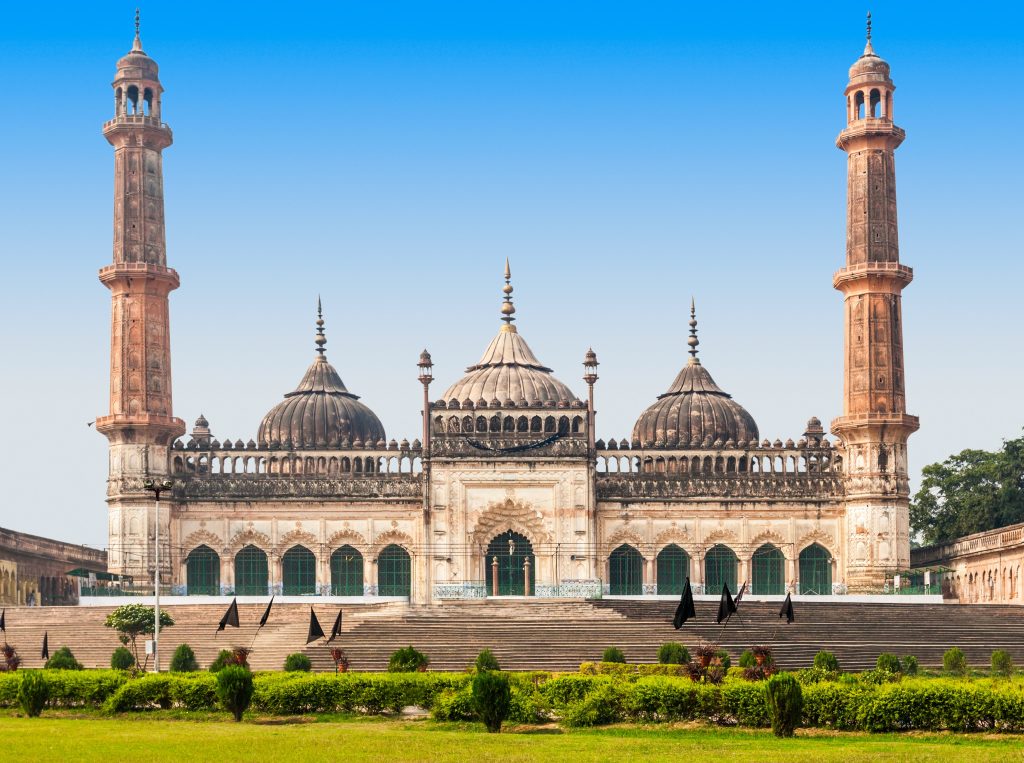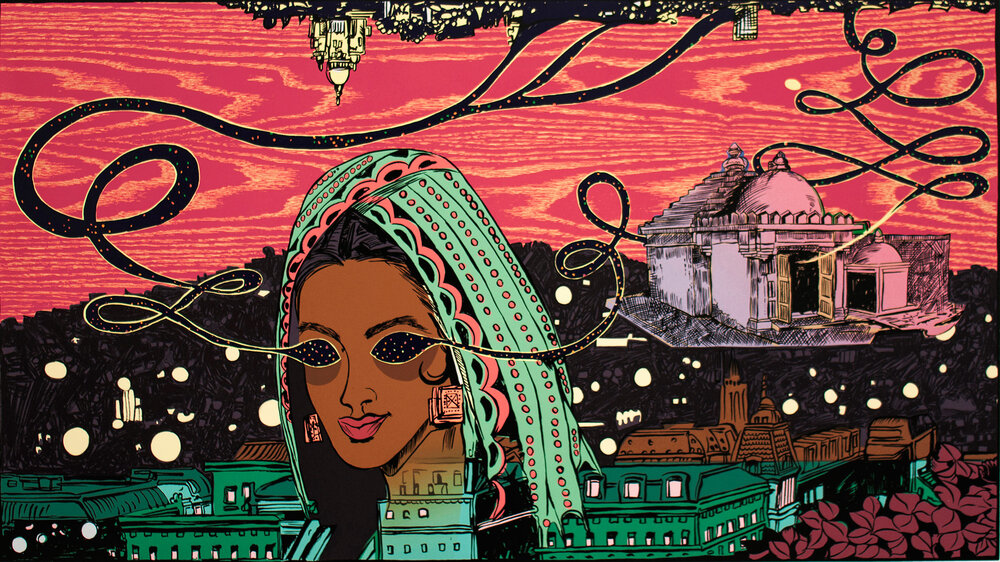What do we do when the army boots come into the dream of reality? What do we do when we see the army boot print in our hills on an everyday basis, and what do we do the army boots become part of our childhood memory? How can we erase the memory of an army moving through our veins and the painful memory? Army movement is a performance of power with weapons that can kill entire people who live in a valley or somewhere within a time.
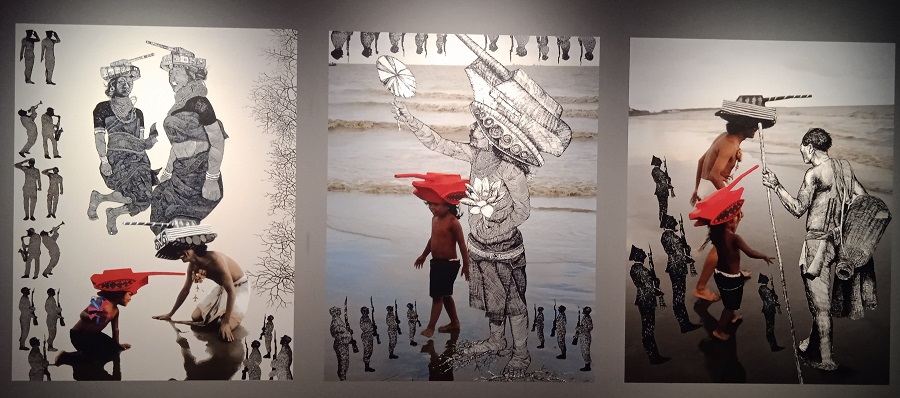
An artist, Joydeb Roaja, from Bangladesh, lives and works in Chittagong hill tracts village, Khagrachhari, reinterpreting, analysing his boyhood, which reveals a horrible past. Joybeb projects (1) ‘Generation-wish-yielding Trees and Atomic Tree,(2) ‘Liquid Roots, (3) Go Back to Roots 39 and Go Back to Roots 43 is three layered visual-performative inquiries about the childhood memory of artists, exhibited in “Very Small Feelings’, show presented by Kiran Nadar Museum of Art, as part of a fourth exhibition of Young Artists of Our Times series, in collaboration with Samdani Art Foundation, Co-curated by Akansha Rastogi and Dian Campbell with Ruxmini Coudhury, Avik Debdas and Swati Kumari.
In this show, Artist Roaja presents never-ending questions of humankind that bring many layers of humanitarian perspective, which is not seeable in this manipulative social environment. Artist boyhood is merged with brutal stories in his country; what he sees in the hills are not toys but weapons and crimes. Crimes are hidden in guns, and police-military uniforms, known for them. Any time ‘those people come into the home with their brutal weapons and commands.
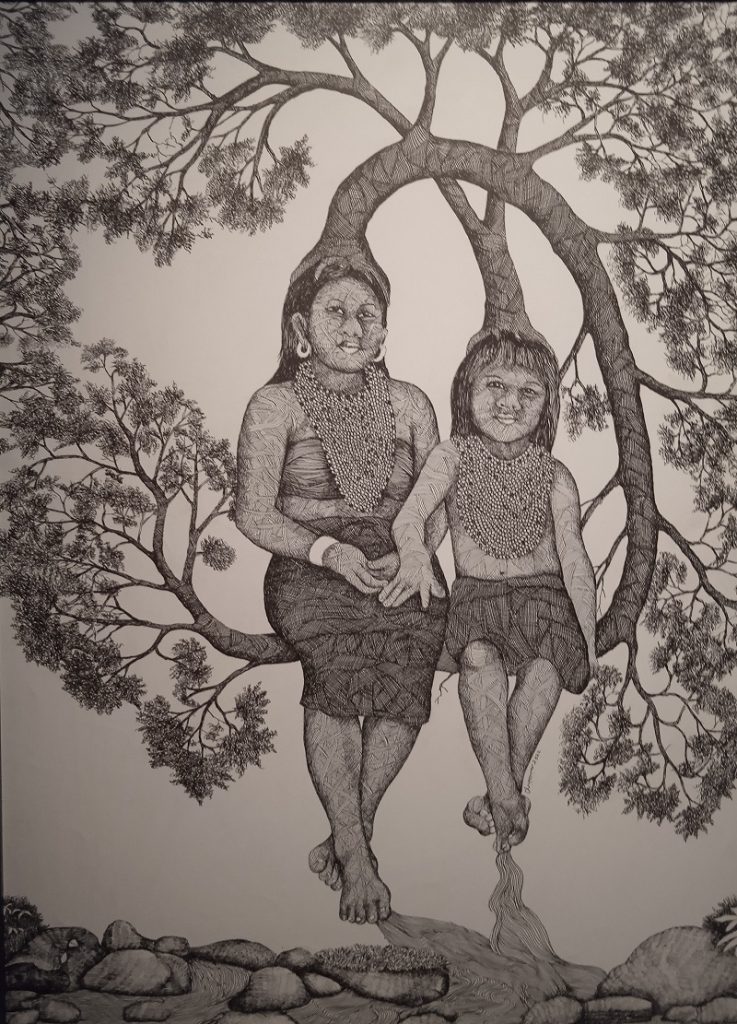
Bodyhood is the time of virtue; by virtue, children don’t care about the weapon; for them, everything is ‘toys’, which makes Roaja’s projects more ambiguous. Now the visual of army boots prints on the hills are haunting for the artists. When the artist grew up seeing those army boots and tanks, which made him rebellious in making art, he used that horrible imprints to analyse his childhood visually. Roaja started this project with a performance with his daughter in 2009. That performance is about revisiting the power and brutality performed in a hill village in a period and continuing as a memory.
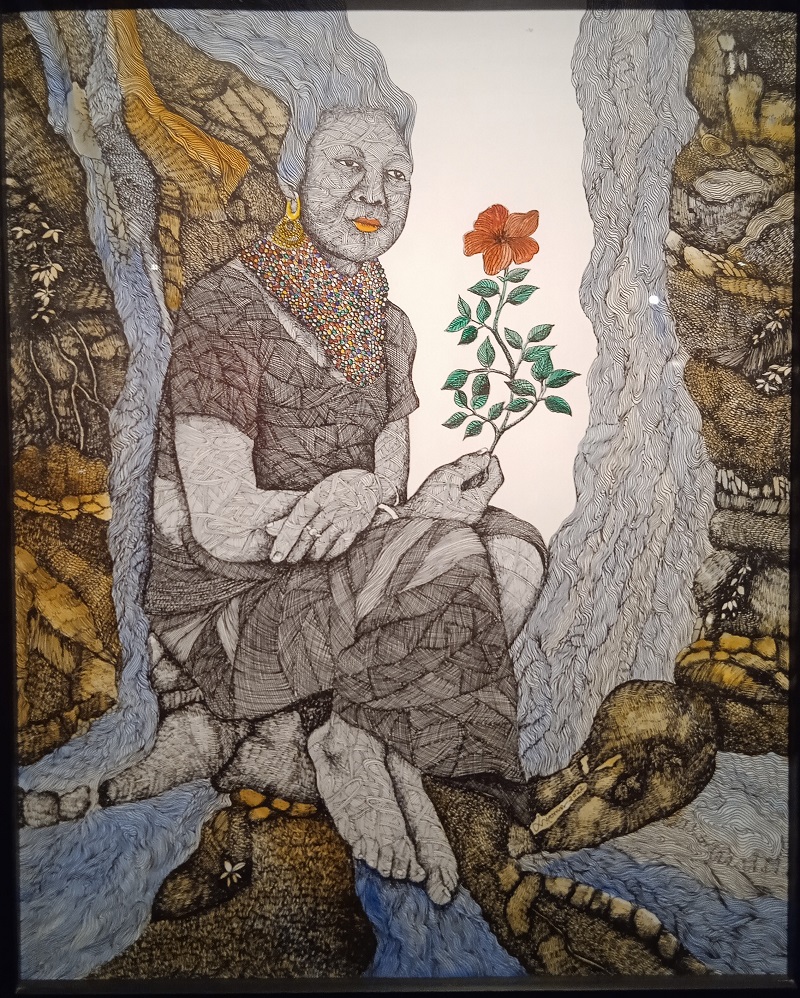
One set of photo-drawing collage print talk about how those performances come back into drawings, and drawings turn into a performance. Artists respond to his traumatic memories in a performative- visual narrative, which rereads the brutality of contemporary society and creates a craving to see performance documentation and drawings side by side as one work. Roaja’s village is the same as any other hill village; the water source is up hills streams. Roaja’s a small hamlet, Rangamati’ has a water stream between two hills. That stream is no more; development diminished the natural forest and replaced it with teak plantations for the ‘rich’ plantation people. This makes the hill streams die and dry out. Roaja remembered the stream he used to bathe in his boyhood, and that stream is not there now, lost in development. But nature brings that stream in the rainy season now; in Liquid Roots, the artist’s exploration is to search the roots of his life, childhood, and mother earth.
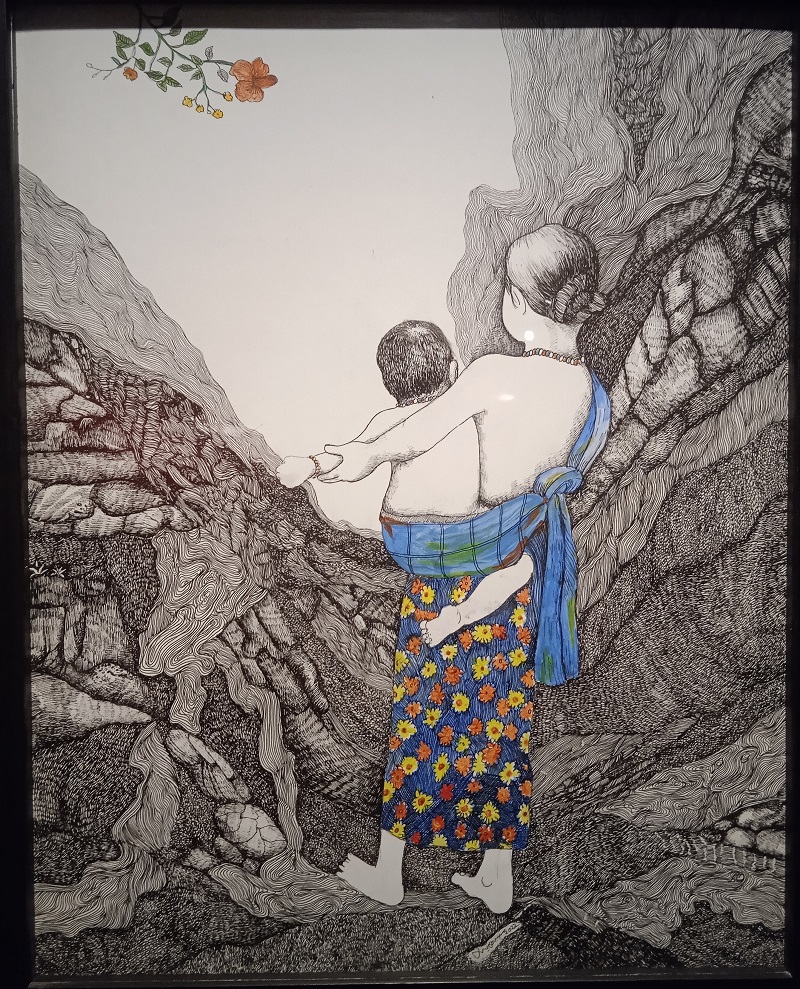
Roaja has been an interdisciplinary artist, using performance, painting, and drawing as practices that emphasise the challenges that unbridged the socio-political landscape of Bangladesh’s Chittagong Hill tracts. People and the life of nature are the souls of Roaja’s works, which merge us into the changing socio-political uprising in our socio. The deep and symbiotic connection between nature and the inhabitant is an enduring search of artists; a significant layer of this project is to bring the indigenous people their life and culture and make them useable. Indigenous people and their landscapes and rights of living, and Roaja tried to empower them through his performance- artwork. This project demands the authority to preserve indigenous land and culture.
Very Small Feelings is a curated show that brings ‘childhood’ as a place to enter and exit at will. Joydep Roaja gets the artist’s boyhood as a point of brutal memory of army boots and the ambience of power display. The curators, and KNMA Museum itself, offer a lot of space for the audience to ask the question of childhood, memory, storytelling, participating and engaging.
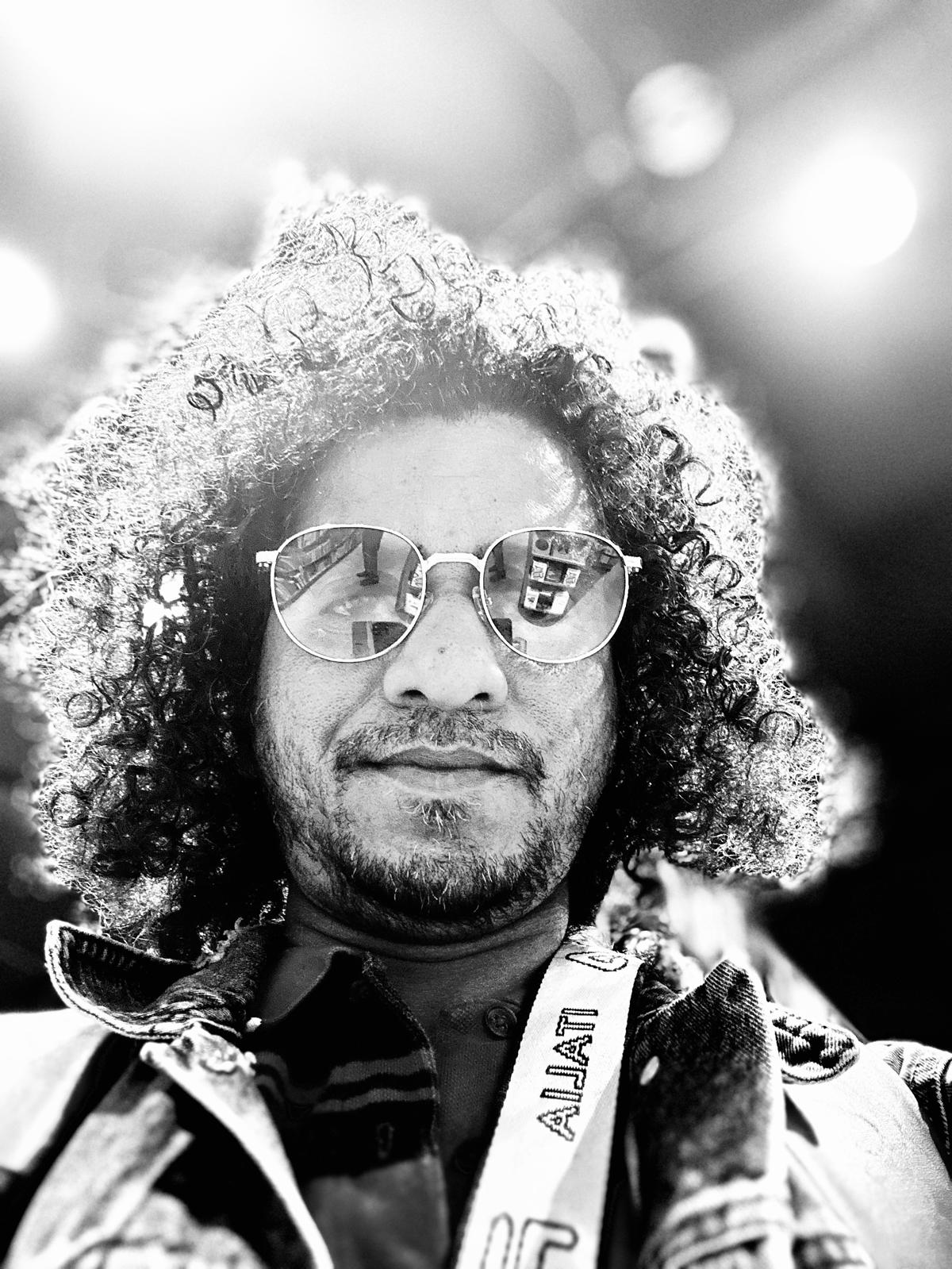
Krispin Joseph PX, a poet and journalist, completed an MFA in art history and visual studies at the University of Hyderabad and an MA in sociology and cultural anthropology from the Central European University, Vienna.

